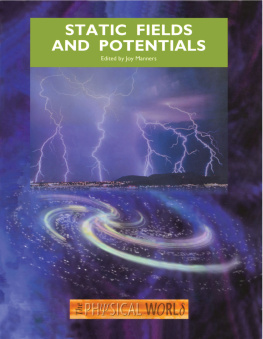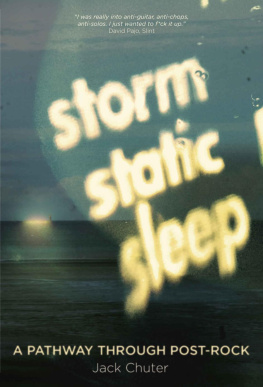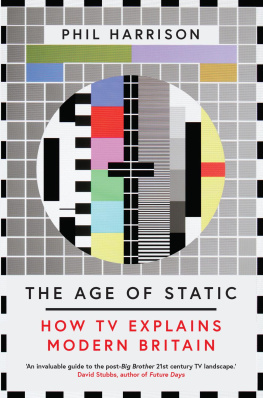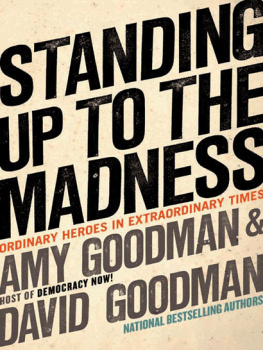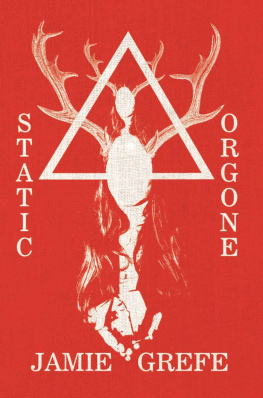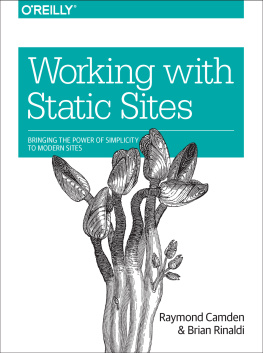Either you are with us, or with the terrorists.
President George W. Bush, addressing Congress, September 20, 2001
As Hurricane Katrina ripped into Americas Gulf Coast in late August 2005, the Bush administration had a crisis on its hands. Not the tens of thousands of people who had been abandoned in downtown New Orleans. Not the levees that had been breached, drowning the city.
No, the big disaster that the Bush administration acted decisively to solve was its loss of control over the news media. Images were coming out of New Orleans of a disaster of biblical proportions and a federal response that ranged from inept to nonexistent to blatantly racist.
So the administration acted on instinct: The Federal Emergency Management Agency (FEMA) requested that the media not photograph the dead bodies that were floating down the main boulevards of New Orleans. The military followed by announcing a zero access policy for journalists.1 A FEMA spokesman said it was out of respect for the deceased and their families.2 This was the same rationale President Bush used to justify the administrations ban on photographing the caskets of soldiers returning from Iraq. FEMA was forced to back down in the face of a lawsuit by CNN.
For one horrifying week at the end of August 2005, the world was treated to something it had rarely seen: an unembedded American press showing raw footage of human suffering. The Bush administrations insistence that it had the crisis under control fell flat, as on-the-ground reporters, literally floating free of government handlers, presented the devastation and the failed response in real time. The world was shown photos of abandoned African-American residents of New Orleans struggling to survive the floods, alongside images of Bush in California on August 30 the day after he was informed that the New Orleans levees had brokenchuckling and riffing on a guitar given to him by country singer Mark Wills, whose signature hit, Wish You Were Here, could have been the Katrina victims theme song. With one unscripted, uncensored image, the entire Bush presidency was captured: Bush strummed while New Orleans drowned.
This was the response of an American leader to a long-forecast calamity. As even the Republican investigation into the Katrina response noted, It remains difficult to understand how government could respond so ineffectively to a disaster that was anticipated for years, and for which specific dire warnings had been issued for days. This crisis was not only predictable, it was predicted.3
But top Bush administration officials simply didnt care. For years, these antigovernment zealots had preached that the federal government could do no good. When Katrina hit, we saw a self-fulfilling prophecy play out, as the Bush administration suddenly had to rely on the inept political hacks and gutted federal agencies that it had substituted for the functioning bureaucracies that once existed.
There was also the cold political calculus: The victims on the Gulf Coast were just too black and too poor for their suffering to register high on the priority list for this administration. What else can explain the behavior of Americas leaders during the days when a major American city was being destroyed? President Bush was vacationing at his Texas ranch. Vice President Cheney was flyfishing in Wyoming. Condoleezza Rice was in New York City, where she took in the Monty Python play Spamalot, went shopping at Ferragamo for shoes, and played tennis with Monica Seles. Donald Rumsfeld attended a San Diego Padres game. And Michael Chertoff, who, as head of the Department of Homeland Security, was supposed to oversee the countrys responses to this catastrophic hurricane, didnt seem to know he was in charge and stayed home the day before the storm hit.
A Media Off Its Leash
At long last, the powerful images of devastation swamped the vaunted Bush spin machine. Even the viewers of Fox News, the house organ of the Bush administration, were treated to the spectacle of Fox reporter Shepard Smith in New Orleans lashing out at right-wing pundit and anchorman Sean Hannity, who insisted that a distraught Smith put the images of abandoned New Orleans citizens in perspective. This is perspective! shouted Smith, pointing toward the people trapped in the darkened, flooded city behind him.
Then there was an incredulous Paula Zahn of CNN, responding to FEMA boss Michael Browns admission that he was unaware until Thursday, September 1, that thousands of people were stranded and some were dying at the New Orleans Convention Center. Sir, you arent just telling me you just learned that the folks at the Convention Center didnt have food and water until today, are you? You had no idea they were completely cut off ? asked Zahn.
Paula, replied Brown, the federal government did not even know about the Convention Center people until today.
The next morning, CNNs Soledad OBrien sputtered at Brown in exasperation, How is it possible that were getting better intel than youre getting?... In Banda Aceh, in Indonesia, they got food dropped two days after the tsunami struck.
It was as if the corporate media, long since domesticated as a White Housetrained poodle, was surprised by its own bark. After years of passing off White House and Pentagon spin as news, of cowering before administration operatives, Hurricane Katrina reminded the media of what a free press is actually supposed to do. With no troops to embed with, reporters at long last reported what they saw, not what they were told.
Its refreshing in a way to not have the official line, where your only choice is just to see it in front of you, an awed New York Times correspondent, Kate Zernike, told the New York Observer. She seemed astonished by the power of journalism when it simply reports the realities on the ground, through the eyes of the victims.
The media also missed and distorted plenty of stories during Katrinasuch as when white people taking supplies from a store were described as just trying to survive, while African-American residents doing the same thing were characterized as looters. That was inexcusable, because the media missed the biggest looters in New Orleans: the Halliburtons and Bechtels getting huge no-bid disaster relief contractsthe same Bush-connected profiteers that are making a killing in Iraq.
On Democracy Now!, Loyola University law professor Bill Quigley described the situation in New Orleans from inside Memorial Hospital, where his wife worked. Hospital personnel were instructed not to speak to the pressand it quickly became clear why the image managers were so fearful. He reached us at midnight on Tuesday, August 30. With backup generators barely working, and peoples cell phones dying, he knew the situation was too desperate to remain silent: Tens of thousands of people are left behind, and those are the sickest, the oldest, poorest, the youngest, the people with disabilities and the like.... There was no plan for that.... Theres a huge humanitarian crisis going on here right now.
Quigley compared the situation in New Orleans to Haiti, one of the poorest countries in the world, where he has worked for years as an attorney: I had always hoped that Haiti would become more like New Orleans. But whats happened is New Orleans has become more like Haiti.4
Two days later, as cell phones died, Bill sent a text message to a friends phone: No water, sick, no heat, call somebody for help.
The American public reacted swiftly and viscerally to the images of the drowned and abandoned Gulf Coast. In response to the unembedded reporting, millions of dollars poured in to relief agencies. And a week after the hurricane hit, President Bushs approval ratings tanked to a then-record low 38 percent.






